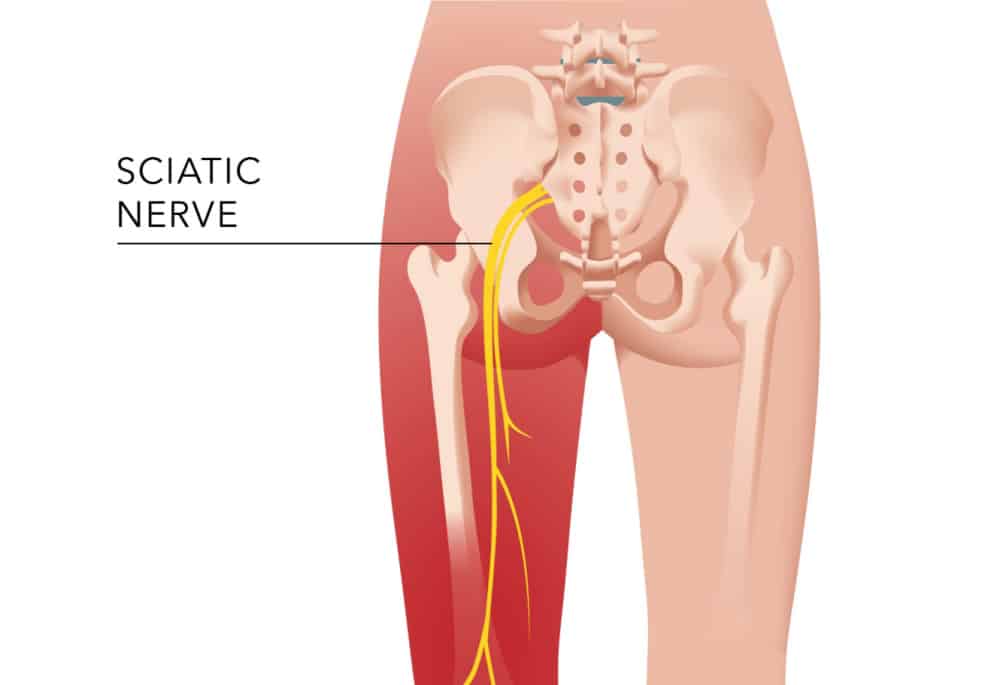 Sciatica is a condition characterized by pain that radiates along the path of the sciatic nerve, which runs from your lower back down through your hips, buttocks, and legs. This pain typically originates from compression or irritation of the sciatic nerve, often caused by a herniated disk, bone spur, or spinal stenosis (narrowing of the spinal canal).
Sciatica is a condition characterized by pain that radiates along the path of the sciatic nerve, which runs from your lower back down through your hips, buttocks, and legs. This pain typically originates from compression or irritation of the sciatic nerve, often caused by a herniated disk, bone spur, or spinal stenosis (narrowing of the spinal canal).
Symptoms of sciatica can vary widely but commonly include:
- Pain: The hallmark symptom is a sharp, shooting pain that travels from the lower back or buttock down one leg. The pain may worsen with movement, coughing, or sneezing.
- Numbness and tingling: You may experience numbness, tingling, or a pins-and-needles sensation in the leg or foot affected by the sciatic nerve.
- Weakness: Muscle weakness in the affected leg or foot can occur, making it difficult to move or control the limb.
- Burning sensation: Some people with sciatica report a burning sensation along the path of the nerve.
Sciatica can be acute (short-term) or chronic (long-term), and the severity of symptoms can vary from person to person. Treatment options may include pain medication, physical therapy, exercises, hot or cold therapy, epidural steroid injections, and in severe cases, surgery to relieve pressure on the sciatic nerve. Management and recovery often involve a combination of approaches tailored to the individual’s specific needs and the underlying cause of their sciatica.
